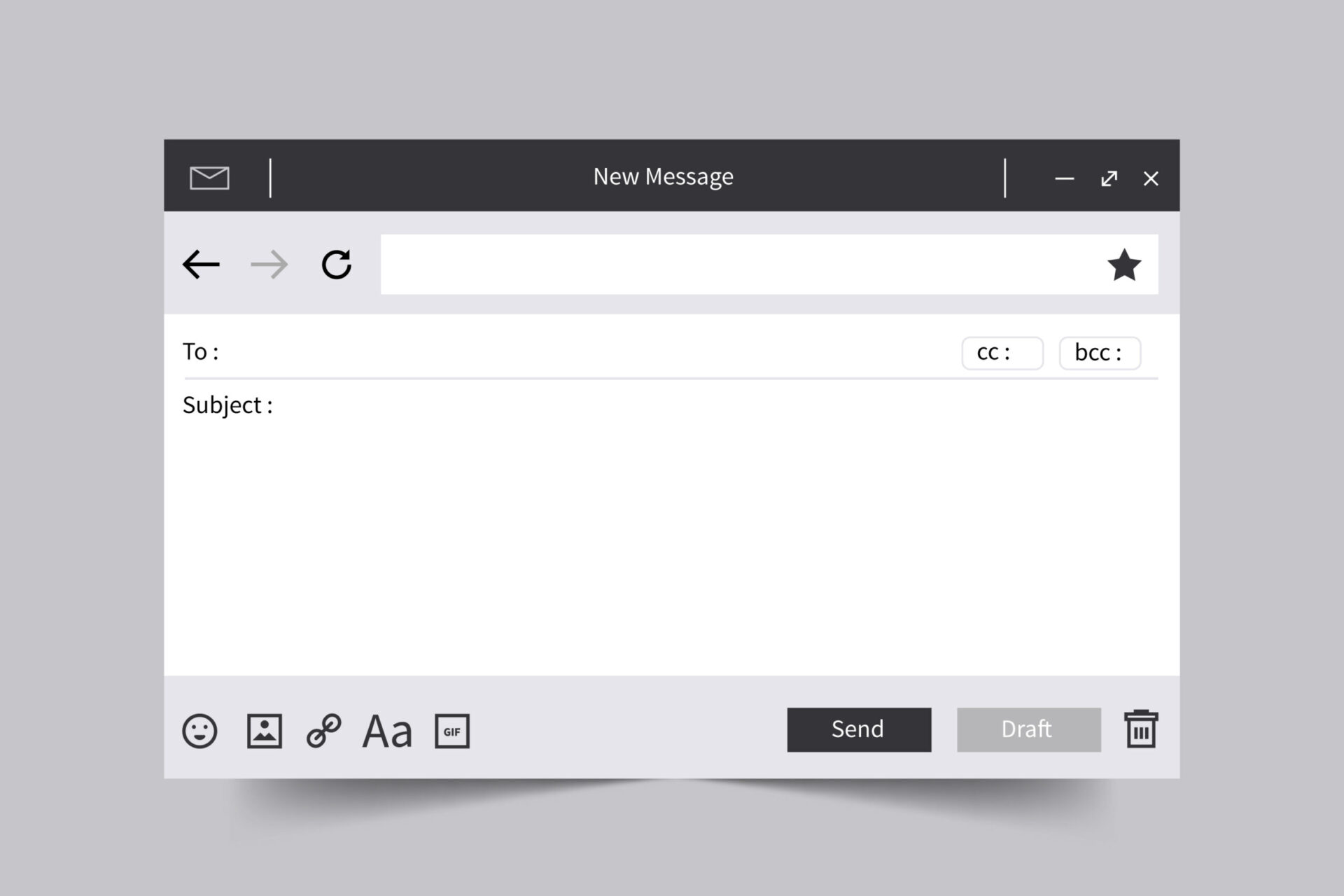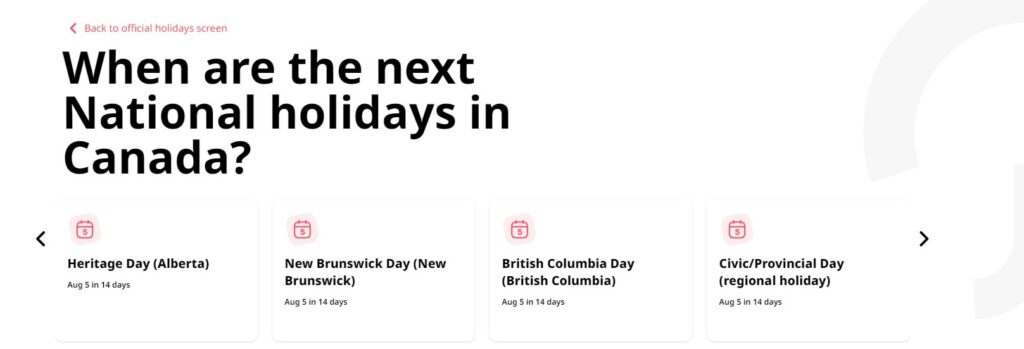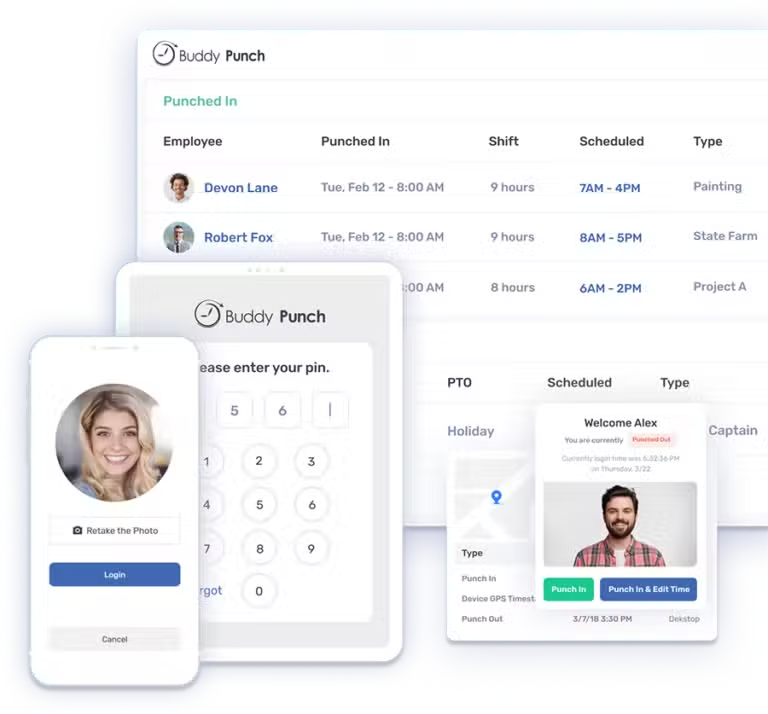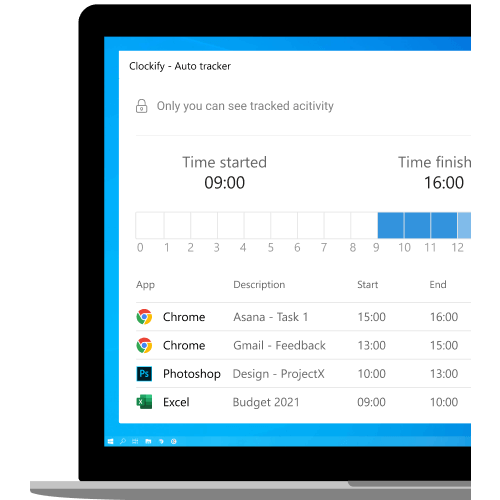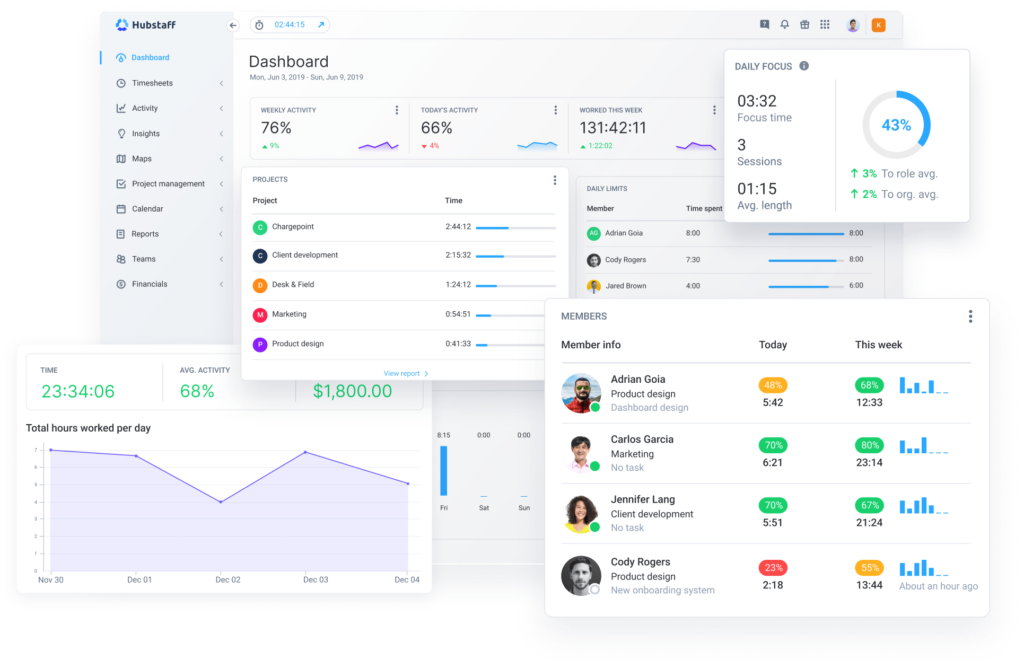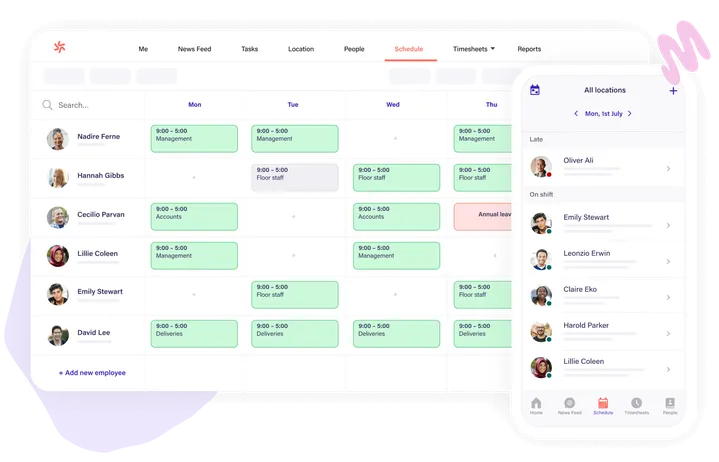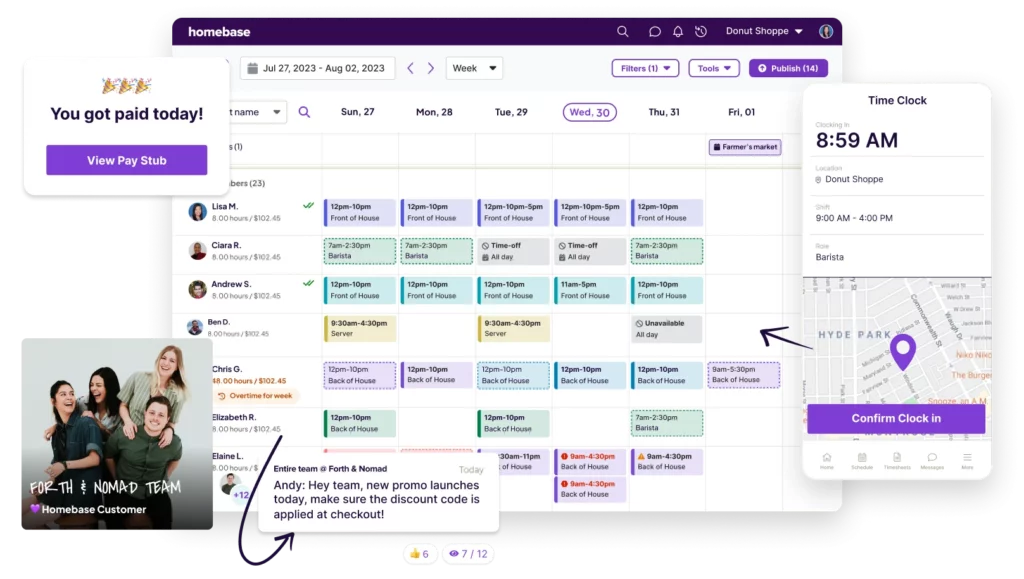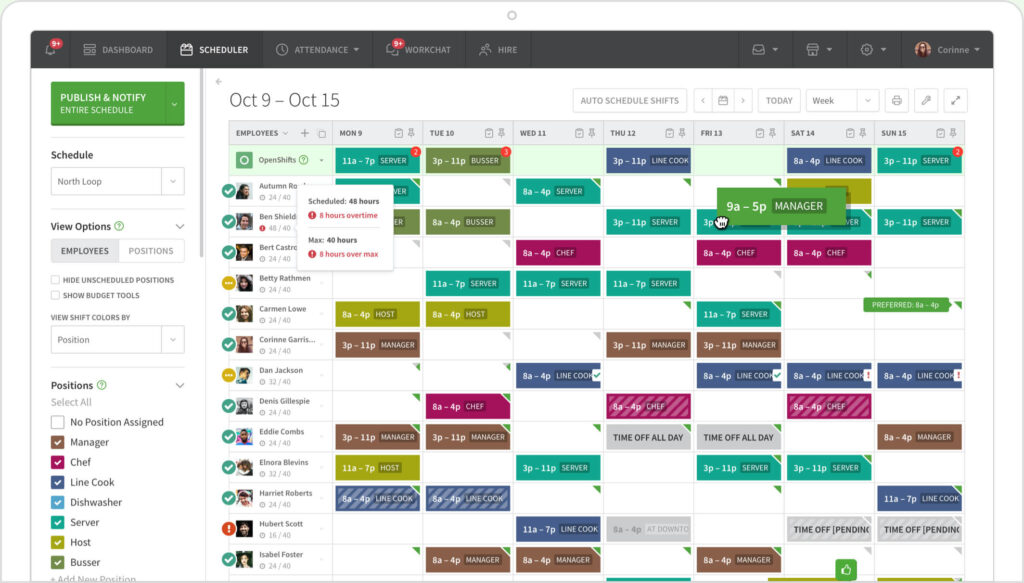Paid Time Off (PTO) remains a cornerstone of modern employment benefits, giving employees the flexibility to take time away from work for rest, family, or health, without losing pay. However, when an employee leaves a company, the rules surrounding payment for unused PTO vary widely across the United States.
This guide provides a complete overview of PTO payout laws by state for 2026, including the latest updates, conditions, and penalties for non-compliance.
Understanding PTO and Why It Matters
Paid Time Off (PTO) combines vacation, personal, and sick days into one pool of paid leave, allowing employees to manage their time more effectively. Whether or not employees receive a payout for unused PTO at separation depends primarily on state law, employer policy, and contractual agreements.
Categories of PTO Payout Laws
States generally fall into one of three categories:
States requiring PTO payout: Employers must pay employees for all earned, unused PTO upon termination.
States not requiring PTO payout: Employers are not obligated to pay out unused PTO unless their policy or contract states otherwise.
States with conditional requirements: Payout depends on company policy, written agreement, or length of employment.
State-by-State Overview of PTO Payout Laws (2026)
Paid Time Off (PTO) continues to be one of the most valued employment benefits in 2026, offering flexibility and financial security for workers. However, the treatment of unused PTO when employment ends depends heavily on state law and company policy. Below is an updated overview of PTO payout laws for each state in the United States, including whether payout is required, how “use-it-or-lose-it” policies are treated, and the potential penalties for employer noncompliance.
Alabama
Alabama does not have specific laws requiring employers to pay out unused vacation or PTO upon termination. The payout of accrued time depends entirely on the employer’s established policy, contract, or past practices. If a company has stated that PTO will be paid upon separation, it must follow through; otherwise, it risks claims for breach of contract. Employers may use “use-it-or-lose-it” policies as long as employees are informed in advance. There are no statutory penalties for failing to pay unused PTO, but employers are advised to provide clear written policies to avoid disputes.
Alaska
Alaska treats earned vacation or PTO as a vested benefit once accrued, although there is no explicit statute mandating payout. This means that if an employer’s policy or contract promises payment of unused PTO, it becomes part of the employee’s earned compensation and must be paid upon termination. If the policy specifies that unused PTO will not be paid, that rule applies. Employers who fail to pay final wages, including promised PTO, may be liable for up to 90 days of additional pay or the unpaid balance, whichever is less. Clear and transparent PTO policies are essential to compliance in Alaska.
Arizona
Arizona law requires that all wages due be paid promptly when employment ends, but it does not specifically define PTO as wages. Whether unused PTO must be paid depends on the employer’s written policy or agreement. If an employer’s policy states that PTO will be paid out at separation, it is legally binding. “Use-it-or-lose-it” policies are generally allowed if they are clearly stated and applied consistently. Employers who fail to pay earned wages can face severe penalties, including up to three times the amount owed. Employees also have the right to file a wage claim through the Arizona Industrial Commission.
Arkansas
In Arkansas, PTO payout is not governed by state law for private employers. Instead, whether unused PTO must be paid upon termination depends on the employer’s written policy or employment contract. For state employees, accrued leave is typically paid out as part of final compensation. Private employers may use “use-it-or-lose-it” policies, but they must clearly communicate them to employees before implementation. Employers that fail to pay earned wages within seven days of the next regular payday may owe double the unpaid amount as a penalty, making timely final wage payment crucial.
California
California considers accrued vacation and PTO as earned wages, meaning they cannot be forfeited for any reason. “Use-it-or-lose-it” policies are strictly prohibited, although employers may enforce reasonable accrual caps that temporarily stop further accrual until some PTO is used. Upon separation, all earned and unused PTO must be paid out at the employee’s final pay rate, regardless of whether the employee quit, was terminated, or was laid off. Employers that willfully fail to pay final wages, including unused PTO, may be subject to waiting time penalties equal to up to 30 days of wages at the employee’s daily rate.
Colorado
Colorado law requires employers to pay all earned vacation upon termination, treating accrued vacation as part of wages. Employers may not use “use-it-or-lose-it” policies to deny payment for earned time, though they may set a reasonable cap on how much can accrue. Upon separation, employers must include any unused, earned vacation in the final paycheck. Failure to comply can result in penalties equal to double the unpaid amount, or up to ten days’ worth of wages, whichever is greater, with higher penalties for willful violations. The Colorado Department of Labor strictly enforces compliance.
Connecticut
Connecticut does not have a statute mandating PTO payout. Employers are only required to pay unused vacation if their written policies or employment contracts explicitly state they will do so. “Use-it-or-lose-it” policies are not prohibited and may be applied if properly disclosed. However, once an employer promises PTO payout, that obligation becomes legally enforceable. Failure to honor written policies may expose the employer to double damages and civil fines ranging from $200 to $5,000, depending on the nature of the violation. Maintaining clear, consistent policies is essential for compliance.
Delaware
Delaware law does not automatically require PTO payout, leaving it to employer policy or contracts to determine whether employees receive compensation for unused time. If an employer’s policy provides for payout, it must occur within 30 days of separation. “Use-it-or-lose-it” policies are allowed as long as employees are informed in writing. Employers who fail to pay owed wages may be liable for damages equal to 10% of the unpaid amount per day until paid, up to the amount owed. Delaware encourages employers to document all PTO-related terms clearly to prevent legal disputes.
District of Columbia
In the District of Columbia, vacation pay may be considered wages depending on how the employer defines it in policy or contracts. D.C. law requires that any earned, unused PTO owed under company policy be paid out upon termination. Employers may not withhold earned vacation unless their policy clearly states that unused time is forfeited at separation. “Use-it-or-lose-it” policies are generally discouraged and can be challenged if they deprive employees of earned compensation. Employers who fail to pay final wages can be fined up to 10% of the unpaid amount per day until full payment is made.
Florida
Florida does not have any state law mandating PTO payout. Employers have full discretion to decide whether to pay unused vacation or PTO upon termination, as long as their decision aligns with their written policy or employment agreement. “Use-it-or-lose-it” policies are permitted. Because there are no specific state penalties regarding PTO payout, disputes are generally handled through contract law. To avoid misunderstandings, Florida employers should provide clear written policies explaining how PTO is accrued, forfeited, or paid upon separation.
Georgia
Georgia does not have any statutes requiring employers to compensate employees for unused PTO at separation. Payment of accrued vacation or PTO is determined entirely by the employer’s written policies, contracts, or past practices. Employers are free to implement “use-it-or-lose-it” policies provided they are clearly communicated and applied consistently. Because there are no statutory penalties for non-payment, disputes typically arise only if an employer has promised payment and fails to follow its own policy. To minimize legal risk, employers should ensure their PTO policies are explicit about accrual, carry-over, and payout rules.
Hawaii
Hawaii law does not require employers to pay out unused vacation or PTO unless the employer’s written policy or employment contract provides for it. If such an agreement exists, the employer must include all earned, unused time in the final paycheck issued on or before the employee’s last day. Hawaii allows “use-it-or-lose-it” provisions if clearly communicated, but they cannot retroactively remove time already earned. Employers who fail to pay owed final wages may face fines ranging from $2,000 to $10,000 and possible criminal penalties. Transparency in PTO policies is essential for compliance in Hawaii.
Idaho
Idaho does not mandate PTO payout. Whether unused vacation is paid depends on the employer’s written policies or contracts. Employers may include “use-it-or-lose-it” rules as long as employees receive advance notice. There are no state-level penalties for failing to pay out unused PTO, but employers who do not pay owed final wages may be required to pay up to 15 days of additional wages or a maximum of $750. Idaho employers should document PTO accrual and payout terms to avoid misunderstandings and ensure fairness to employees.
Illinois
In Illinois, earned vacation time is considered wages once accrued. Employers must pay out all earned and unused vacation upon termination unless a clear, written policy states otherwise. “Use-it-or-lose-it” policies are permitted if they provide employees a reasonable opportunity to use their time. Employers that fail to pay earned vacation can face penalties equal to 2% of the unpaid amount per month. The Illinois Department of Labor enforces these provisions and can also impose additional civil fines for repeat violations. Employers are strongly encouraged to review their vacation policies annually for compliance.
Indiana
Indiana does not have a statute specifically requiring PTO payout, but courts have ruled that vacation pay is earned compensation once accrued. As such, employees are entitled to payment for unused PTO unless an employer’s written policy clearly limits or forfeits that right. “Use-it-or-lose-it” policies are allowed if reasonable and properly disclosed. Employers that fail to pay earned vacation may owe up to twice the unpaid amount and face civil penalties of 10% per day for late payment. Clear written documentation of PTO policies is critical to avoid potential disputes.
Iowa
Iowa does not require employers to pay out unused PTO or vacation unless a written policy or contract explicitly provides for it. Employers are allowed to enforce “use-it-or-lose-it” provisions so long as they inform employees in advance. If a company policy or contract promises PTO payout and the employer fails to pay, the employee may file a wage claim for the amount owed plus damages. The state may also impose fines up to $500 per violation. Consistent communication and adherence to policy are key compliance steps for Iowa employers.
Kansas
Kansas does not obligate employers to pay out accrued vacation or PTO unless their policy or contract states otherwise. Employers can implement “use-it-or-lose-it” policies and may restrict payout to employees who meet specific conditions, such as reaching an anniversary date. If an employer willfully fails to pay earned wages, penalties can accumulate daily at 1% of the unpaid amount, beginning on the eighth day after wages were due. Kansas employers should ensure employees receive written notice of vacation policies to prevent disputes about earned versus forfeited time.
Kentucky
Kentucky leaves the matter of PTO payout to employer discretion. There is no statutory requirement to compensate employees for unused PTO at separation. Employers may include “use-it-or-lose-it” or forfeiture policies in their handbooks, provided employees are notified and policies are applied consistently. Employers that fail to pay owed final wages can face civil penalties ranging from $100 to $1,000 for each violation. Maintaining written and easily accessible PTO policies is the best practice for compliance and transparency.
Louisiana
Louisiana law requires employers to pay for accrued, unused vacation when an established policy or contract provides for such payment. If an employer offers paid vacation, employees cannot be denied payment for earned time when they resign or are terminated unless the employer’s policy explicitly conditions payout. “Use-it-or-lose-it” policies are allowed, but they must be clearly stated and uniformly enforced. Employers who fail to pay final wages, including earned PTO, may owe the full unpaid amount or up to 90 days’ wages, whichever is less, plus attorney fees if legal action is required.
Maine
In Maine, private employers with 11 or more employees are legally required to pay out unused, accrued PTO at the time of separation, regardless of company policy. This applies to vacation and any form of earned paid leave. Smaller employers are encouraged to follow similar practices, though it is not mandatory. “Use-it-or-lose-it” policies are not recognized when the PTO represents earned compensation. Employers who fail to pay earned PTO may face penalties under Maine’s wage payment laws, including fines and potential civil damages.
Maryland
Maryland law stipulates that if an employer does not have a written policy stating that unused vacation is forfeited upon termination, they must pay the value of accrued time in the final paycheck. Employers may maintain “use-it-or-lose-it” policies if they are in writing and employees have reasonable opportunity to use their leave. Failure to pay owed wages can result in fines of $100 to $500 per violation and possible civil litigation. Employers are urged to document PTO rules carefully and share them with all staff upon hire.
Massachusetts
Massachusetts considers earned vacation pay as wages. Employers must pay out unused, accrued vacation when employment ends, regardless of the reason for separation. “Use-it-or-lose-it” policies are permitted only if they include reasonable accrual limits and are clearly communicated to employees. Employers who fail to pay vacation or final wages can face criminal fines up to $1,000 and be liable for triple damages in civil suits. To maintain compliance, Massachusetts employers should ensure PTO accrual and payout policies align with state labor standards.
Michigan
Michigan does not have a specific law requiring PTO payout, but employers must adhere to any promises made in written policies or contracts. Once a policy or agreement grants employees the right to be paid for unused PTO, the employer is legally bound to honor it. Employers are prohibited from retroactively changing policies to avoid payout. Violations of wage payment laws can result in fines up to $25,000 and, in severe cases, criminal penalties. Clear, written PTO policies are the best way to prevent wage disputes in Michigan.
Minnesota
In Minnesota, whether unused PTO is paid depends on the employer’s written policy or collective bargaining agreement. The state does not require payout unless promised by the employer. “Use-it-or-lose-it” policies are permitted as long as they are fair and clearly communicated. Employers who fail to pay owed final wages can face penalties of up to double the unpaid amount and potential criminal charges for willful non-payment. Regular policy reviews help employers remain compliant and transparent with employees.
Mississippi
Mississippi has no statutory requirement for PTO payout. Employers have complete discretion to determine whether vacation or PTO is paid out at termination, as long as they follow their own written policies. “Use-it-or-lose-it” provisions are allowed. Because there are no state-imposed penalties related to PTO, enforcement generally depends on contract law. Employers are encouraged to maintain straightforward PTO policies that clearly define accrual and payout terms.
Missouri
Missouri law does not consider vacation or PTO to be wages under the state’s final wage statutes. This means employers are not obligated to pay unused PTO unless they have agreed to do so in a written policy or employment contract. “Use-it-or-lose-it” rules are permissible if employees are informed ahead of time. There are no specific penalties for failing to pay unused PTO, but wage disputes may be pursued through civil action if an employer violates its own written policy.
Montana
Montana treats vacation pay as earned wages once accrued. Employers must pay out all unused, earned vacation at the time of separation if the benefit was promised verbally or in writing. “Use-it-or-lose-it” policies are prohibited, though employers may impose reasonable caps on accrual to prevent excessive accumulation. Failure to pay earned vacation can result in penalties equal to 110% of the unpaid amount and possible misdemeanor charges. Employers should document PTO terms carefully and ensure final paychecks include any earned vacation balance.
Nebraska
In Nebraska, earned vacation is considered wages and must be paid out when employment ends, regardless of company policy. “Use-it-or-lose-it” provisions are strictly prohibited, as earned vacation cannot be forfeited once accrued. Employers who fail to pay accrued PTO may owe double damages and attorney’s fees if the violation is found to be willful. The Nebraska Department of Labor enforces strict compliance with these provisions, making it one of the more employee-protective states in the nation regarding PTO payout.
Nevada
Nevada does not mandate PTO payout. Whether unused vacation is paid upon termination depends on the employer’s written policy. Employers may include “use-it-or-lose-it” clauses as long as they are communicated clearly and applied uniformly. Final wages, including any owed PTO, must be paid within three days of termination or by the next regular payday for voluntary resignations. Employers who delay payment may owe continued wages for up to 30 days. Regular policy audits are recommended to maintain compliance with Nevada wage rules.
Frequently Asked Questions (FAQ) PTO Payout Laws
What is Paid Time Off (PTO)?
Paid Time Off, or PTO, is a type of employee benefit that allows workers to take time away from work with continued pay. PTO usually combines vacation days, sick leave, and personal days into one flexible pool of time. Employers use PTO systems to simplify tracking and to give employees more control over how they use their leave.
Are employers legally required to offer PTO?
No federal or state law requires private employers to provide PTO. However, many employers choose to offer it as part of their benefits packages to attract and retain talent. Some states and municipalities have mandatory paid sick leave laws, but those are separate from general PTO requirements.
Do all states require employers to pay out unused PTO when an employee leaves?
No. PTO payout laws vary significantly from state to state. Some states, such as California, Colorado, Montana, and Nebraska, require employers to pay out all accrued PTO upon separation because it is considered earned wages. Other states leave the decision entirely to the employer’s written policy. A few states have conditional rules, where payout depends on the employer’s policies or the employee’s length of service.
What does “use-it-or-lose-it” mean, and is it legal?
A “use-it-or-lose-it” policy means employees must use their accrued PTO within a certain time period or lose it. Whether such policies are legal depends on state law. States like California and Montana prohibit them entirely because earned vacation is treated as wages that cannot be forfeited. In other states, such as Texas, Kansas, and New Hampshire, “use-it-or-lose-it” policies are permitted as long as they are clearly communicated in writing and applied consistently.
If my state doesn’t require PTO payout, can my employer still pay me for unused time?
Yes. Even in states that do not mandate PTO payout, employers may choose to pay employees for their unused time as part of a voluntary policy or company benefit. Many employers include this as a goodwill gesture or a retention incentive. Whatever the policy, it must be followed as written to remain legally enforceable.
Can an employer change their PTO policy to avoid paying accrued time?
Employers can change PTO policies prospectively, that is, for future accruals, but they cannot retroactively remove or deny payment for PTO that has already been earned under previous policies. State labor departments generally consider earned PTO to be part of wages once accrued. Employers must provide advance written notice of any policy changes to employees.
What happens to my PTO if I’m laid off or terminated without notice?
If your state requires PTO payout, your employer must include payment for any earned, unused time in your final paycheck. In states where payout depends on company policy, your right to receive payment will depend on whether your employer’s written policy provides for it. In either case, final pay must typically be made within the time frame specified by state wage payment laws, ranging from the last day worked to several days after termination.
How can I find out if my employer’s policy is compliant with state law?
You should review your company’s employee handbook or employment agreement, which should detail how PTO accrues and whether it is paid out upon separation. Then, compare it to your state’s labor department guidance on final pay and PTO payout laws. If you believe your employer’s policy conflicts with state law, you can contact your state’s labor agency for clarification or file a wage claim if necessary.
Are there penalties for employers who fail to pay out PTO when required?
Yes. Many states impose strict penalties for employers who fail to pay final wages or accrued PTO when required. Penalties can include payment of the unpaid amount plus interest, liquidated damages, double or triple the unpaid wages, civil fines, and even criminal charges for willful violations. For example, California imposes waiting time penalties equal to up to 30 days of pay, while Massachusetts allows triple damages in cases of willful nonpayment.
Do federal laws cover PTO payout?
No. The federal Fair Labor Standards Act (FLSA) does not regulate PTO, vacation pay, or payout of unused time. These issues are governed entirely by state laws and employer policies. The FLSA only ensures that employees are paid for the hours they work and that they receive at least the federal minimum wage and applicable overtime
Conclusion
In 2026, PTO payout laws continue to vary greatly across states. Some treat unused vacation as wages that must be paid, while others leave it entirely to employer policy.
For employers: maintain clear, written PTO policies and stay compliant with applicable state laws.
For employees: review your policy and know your rights regarding earned PTO.
Clear communication and compliance help both sides avoid misunderstandings and legal disputes.

